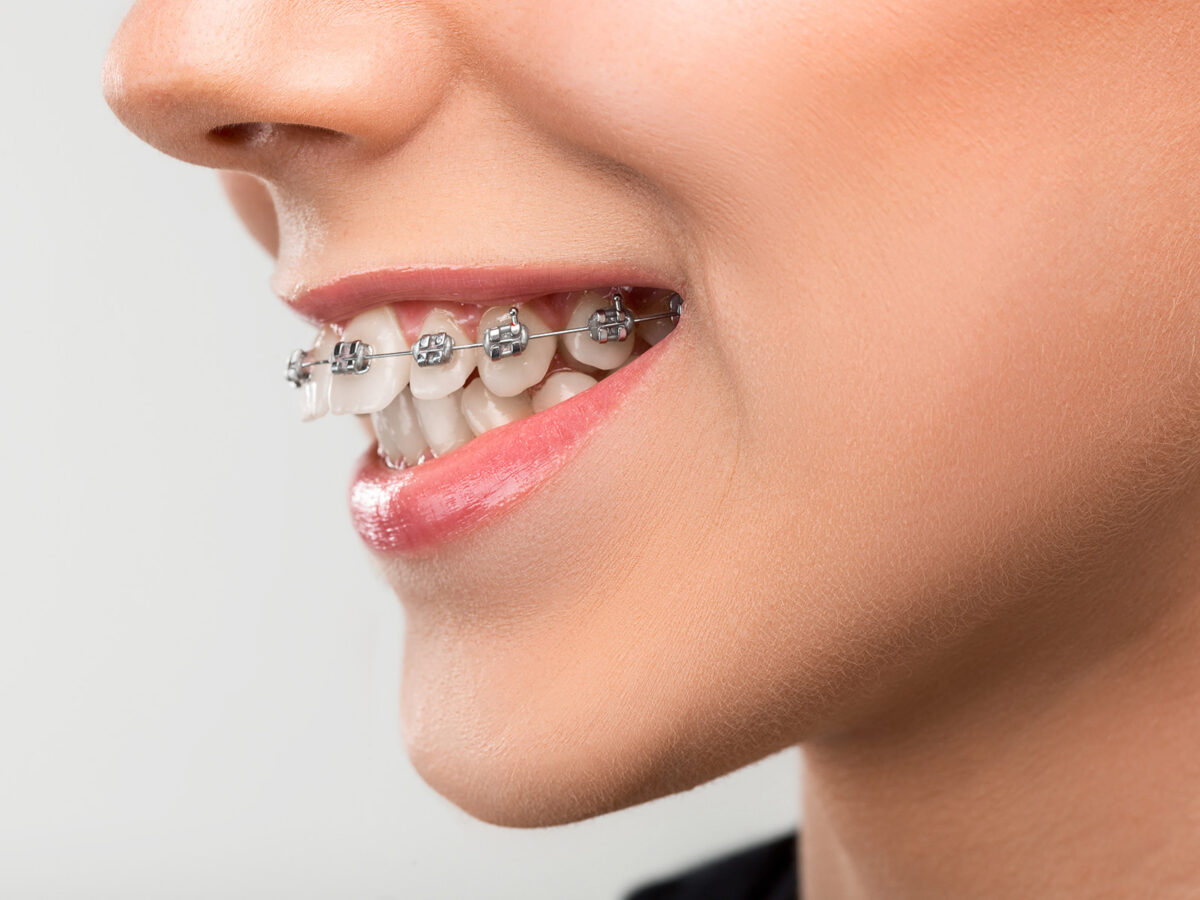Many people wonder whether smoking could be a deal-breaker when it comes to dental implants. We’re all aware that smoking isn’t exactly beneficial for our oral health. But does this mean you can’t get dental implants if you’re a smoker? Let’s delve into this topic and explore the factors you should consider.
The Basics of Dental Implants
Dental implants are a popular and effective solution for replacing missing teeth. They consist of three main components: the implant (a small titanium post), an abutment, and a crown. The implant is surgically placed into the jawbone, mimicking the natural tooth root, and provides a strong foundation for the replacement tooth.
Smoking and Its Impact on Oral Health
It’s no secret that smoking, whether through cigarettes or other tobacco products, has detrimental effects on oral health. Here’s how smoking can negatively impact your mouth:
- Gum Disease: Smoking increases the risk of gum disease by reducing blood flow to the gums, which hampers the body’s ability to fight infections. Gum disease can lead to tooth loss, potentially prompting the need for dental implants.
- Delayed Healing: Smoking slows down the body’s natural healing process. Proper healing is crucial after dental implant surgery to ensure the implant successfully fuses with the jawbone.
- Complications: Smokers are more susceptible to post-surgery complications like infections and implant failure. These complications can be painful and costly.
Can Smokers Get Dental Implants?
The answer to whether smokers can get dental implants isn’t a straightforward yes or no; it’s more nuanced.
- Smoking Habits: Occasional smokers or those willing to quit during the dental implant process and subsequent healing period stand a better chance of successful implantation.
- Consultation with Your Dentist: The most reliable way to determine your eligibility for dental implants as a smoker is to consult with your dentist or oral surgeon. They’ll assess your oral health, smoking habits, and the condition of your gums and teeth.
- Commitment to Oral Health: Dental implant success hinges on your dedication to oral hygiene, irrespective of your smoking status. Regular brushing, flossing, and dental check-ups are paramount.
Tips for Smokers Considering Dental Implants
If you’re a smoker contemplating dental implants, consider these tips to enhance your chances of success:
- Quit Smoking: Ideally, quit smoking before undergoing the dental implant procedure. This not only improves your odds of a successful implant but also boosts your overall health.
- Consult a Specialist: Engage with a dentist or oral surgeon who specializes in dental implants. Their expertise will be invaluable, especially if they’ve dealt with patients who smoke.
- Follow Post-Operative Instructions: If you opt for dental implants while continuing to smoke, it’s vital to adhere to all post-operative guidelines. This includes refraining from smoking during the healing process, practicing good oral hygiene, and attending all follow-up appointments.
- Consider Alternatives: Depending on your specific situation, your dentist might suggest other tooth replacement methods, such as dentures or bridges.
Conclusion
In conclusion, while smoking presents challenges and risks to dental implant procedures, it doesn’t outright disqualify you. Your eligibility depends on several factors, including your commitment to oral hygiene and the specifics of your smoking habits. Always consult with a dental professional to determine the best course of action tailored to your unique situation.




